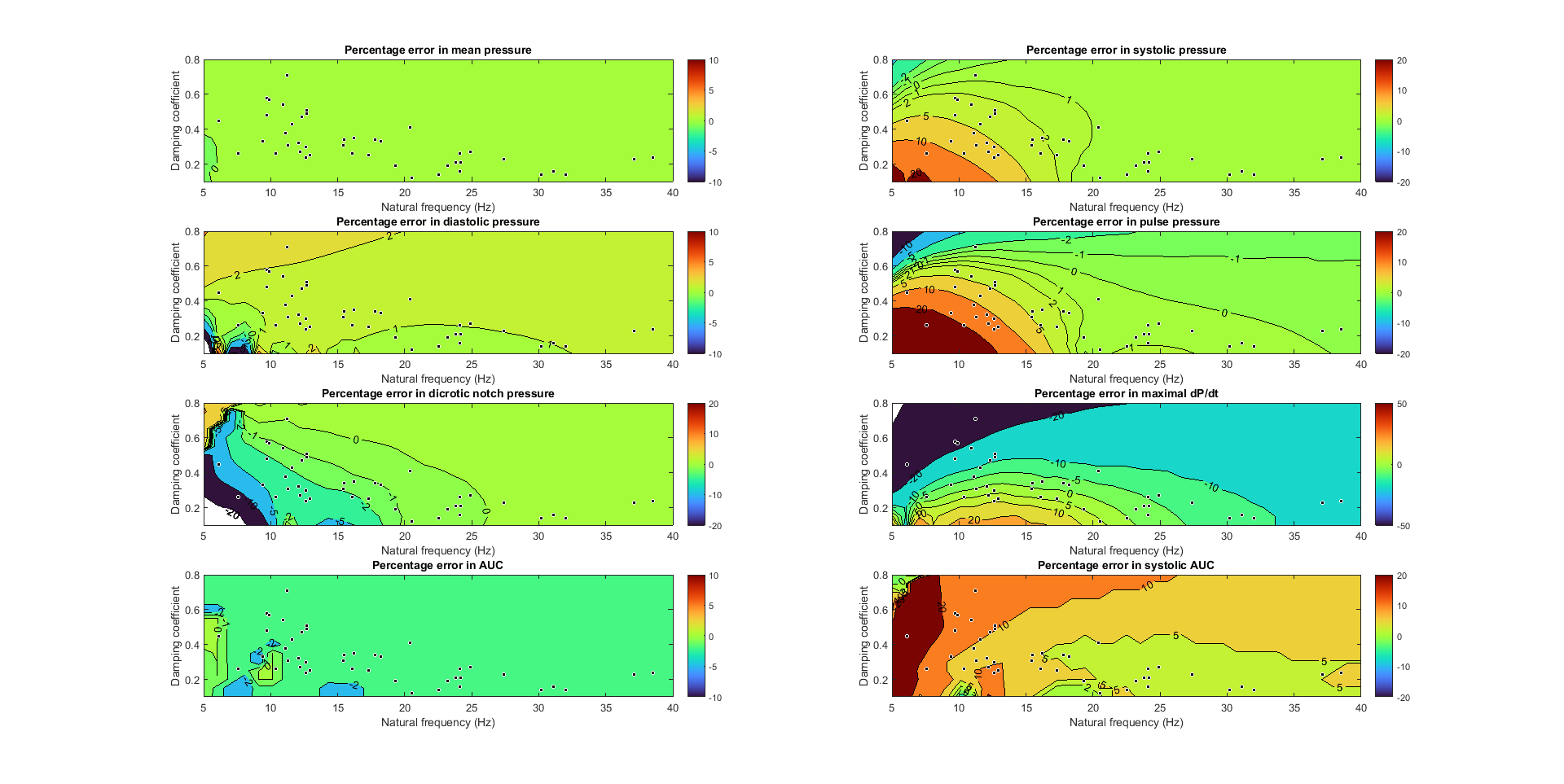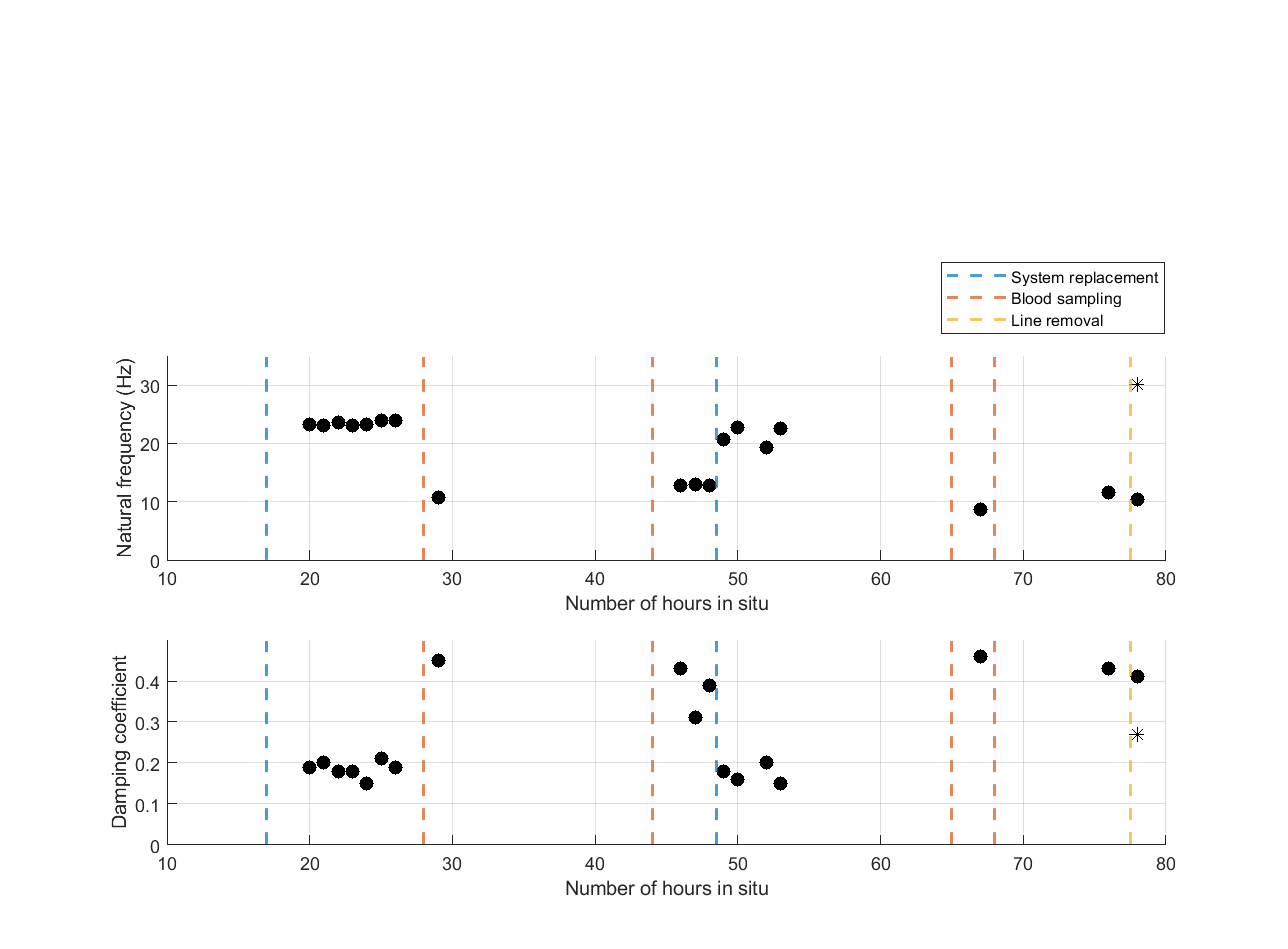Neonatal Cardiac Physiology/Pathophysiology/Pulmonary Hypertension
Neonatal Cardiac Physiology/Pathophysiology/ Pulmonary Hypertension 2
224 - Accuracy of the arterial blood pressure waveform measured with catheter-manometer systems in critically ill neonates
Publication Number: 225.33

Nienke A. Timmermans, BSc (she/her/hers)
Graduate student Technical Medicine
Radboudumc Amalia Children's Hospital
Nijmegen, Gelderland, Netherlands
Presenting Author(s)
Background:
Advanced analysis of the arterial blood pressure waveform (ABPW), as part of comprehensive hemodynamic monitoring in critically ill neonates, requires an accurate measurement method. Measuring blood pressure with an intra-arterial catheter manometer system (CMS) is currently considered the gold standard in neonates. However, the measured ABPW may be distorted by an inadequate dynamic response (DR) of the CMS. Although it is generally understood how an inadequate DR can affect the measured ABPW in adults, the DR characteristics of the CMS currently used in neonatal intensive care and their effect on the ABPW remain unknown.
Objective:
The aim of this study was twofold: to obtain the DR characteristics of CMS currently used in neonatal intensive care and to quantify the effect of the total monitoring system on measured ABPW parameters.
Design/Methods:
Newborns admitted to the neonatal intensive care unit with an arterial line were included. During the inclusion period, the DR characteristics of each CMS were assessed once a day using the flush pulse method. Computer simulations were performed to quantify the effect of the total monitoring chain on the neonatal ABPW. A simulated neonatal ABPW was passed through a simulated CMS with several combinations of DR characteristics and subsequently filtered with a patient monitor low pass filter. The resulting transformed waveforms were quantitatively compared to the original waveform, by calculating the percentage error of ABPW parameters.
Results:
14 patients with in total 15 arterial lines were included, of which 43 DR measurements were performed. Based on these measurements, a considerable variety in the effect of the total monitoring system on different ABPW parameters was found. Particularly the pulse pressure, maximal slope of the systolic upstroke and systolic area under the curve were affected, with errors larger than 25%. Variety of DR characteristics over time was mainly related to blood sampling and replacement of the pressure sensor system.
Conclusion(s):
Accuracy of the ABPW measured in critically ill neonates can be considerably affected by the DR of the CMS and the patient monitor low pass filter. Routine assessment of DR characteristics using the flush pulse method is important for the interpretation of the ABPW in neonatal intensive care. 

